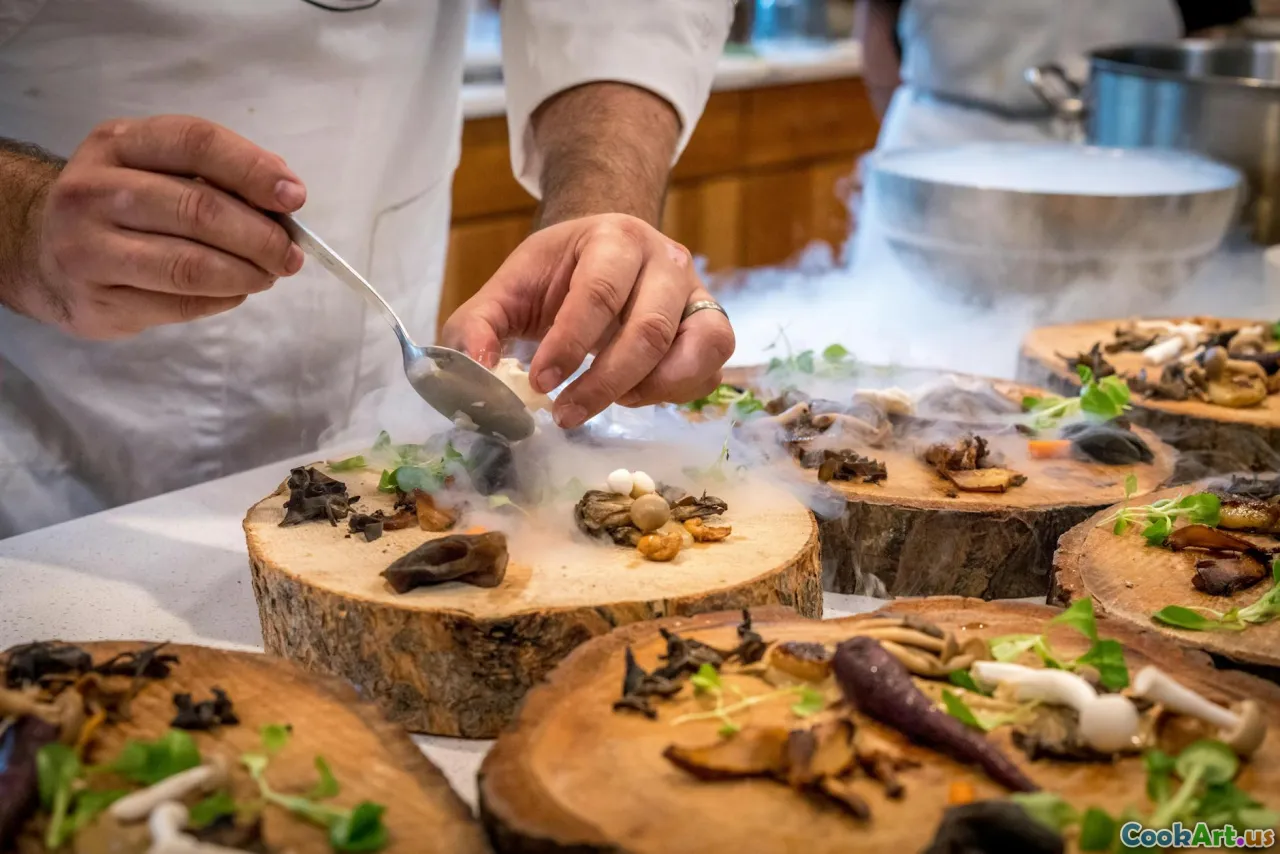Braising Basics for Delicious Meals
6 min read Unlock the secrets of braising to create rich, flavorful meals that warm the soul. April 11, 2025 04:45
Braising Basics for Delicious Meals
Braising is a time-honored cooking technique that combines both moist and dry heat, resulting in tender, flavorful dishes that are perfect for comforting meals. This method is particularly beloved for its ability to transform tough cuts of meat and hearty vegetables into succulent delights. In this article, we’ll explore the fundamentals of braising, the science behind it, and tips for achieving the best results.
What is Braising?
At its core, braising is a cooking technique that involves two main stages: browning the food and then cooking it slowly in a covered pot with a small amount of liquid. The process typically involves the following steps:
- Searing: Start by heating oil in a heavy pot or Dutch oven. Add your meat or vegetables and sear them until they develop a rich, brown crust. This step is crucial as it adds depth of flavor through the Maillard reaction.
- Deglazing: Once your food is seared, remove it from the pot and add aromatics like onions, garlic, or herbs. Scrape the bottom of the pot to release the browned bits (fond), which will enhance the flavor of your dish.
- Braising: Return the seared meat or vegetables to the pot, add your chosen liquid (such as broth, wine, or even water), and cover. Simmer on low heat, either on the stovetop or in the oven, for several hours until the food is fork-tender.
The Science Behind Braising
Braising works by breaking down tough connective tissues in meat and fibrous vegetables, resulting in a tender texture. The combination of moisture and heat allows the flavors to meld and intensify. The slow cooking process helps to infuse the food with the flavors of the cooking liquid and any herbs or spices you've added.
Key Ingredients for Braising
- Meat: Tough cuts, such as chuck roast, pork shoulder, or lamb shanks, are ideal for braising. These cuts contain ample connective tissue that breaks down during the long cooking process.
- Liquid: You can use a variety of liquids for braising, including stock, wine, beer, or even fruit juices. The choice of liquid can significantly influence the final flavor of your dish.
- Aromatics: Onions, carrots, garlic, and herbs are commonly used to build a flavorful base. Don’t be afraid to experiment with spices and other aromatics to create unique flavor profiles.
Tips for Successful Braising
- Don’t Rush the Browning: Take your time during the searing process to develop rich flavors. Browning should be done in batches if necessary to avoid overcrowding the pot.
- Choose the Right Pot: Use a heavy-bottomed pot or Dutch oven that retains heat well. A lid is essential to trap moisture and heat inside.
- Monitor Liquid Levels: Ensure there’s enough liquid to cover at least half of the food. You can always add more liquid if necessary during cooking.
- Patience is Key: Braising requires time. Depending on the cut of meat or type of vegetables, cooking can take anywhere from 1.5 to 4 hours, so plan accordingly.
- Finishing Touches: Once the dish is finished, consider thickening the braising liquid into a sauce by reducing it on the stove or adding a cornstarch slurry.
Cultural Variations of Braising
Braising is a technique embraced by various cultures, each adding its unique twist:
- French Coq au Vin: Chicken braised in red wine with mushrooms and lardons.
- Chinese Red-Braised Pork: Pork belly simmered in a mixture of soy sauce, sugar, and spices for a sweet-savory flavor.
- Italian Osso Buco: Veal shanks braised with white wine, broth, and vegetables, typically served with gremolata.
Conclusion
Braising is a versatile technique that opens up a world of culinary possibilities. Whether you're preparing a hearty pot roast or a fragrant vegetable stew, mastering the art of braising can elevate your cooking and impress your family and friends. So gather your ingredients, embrace the slow cooking process, and enjoy the delicious meals that await!









